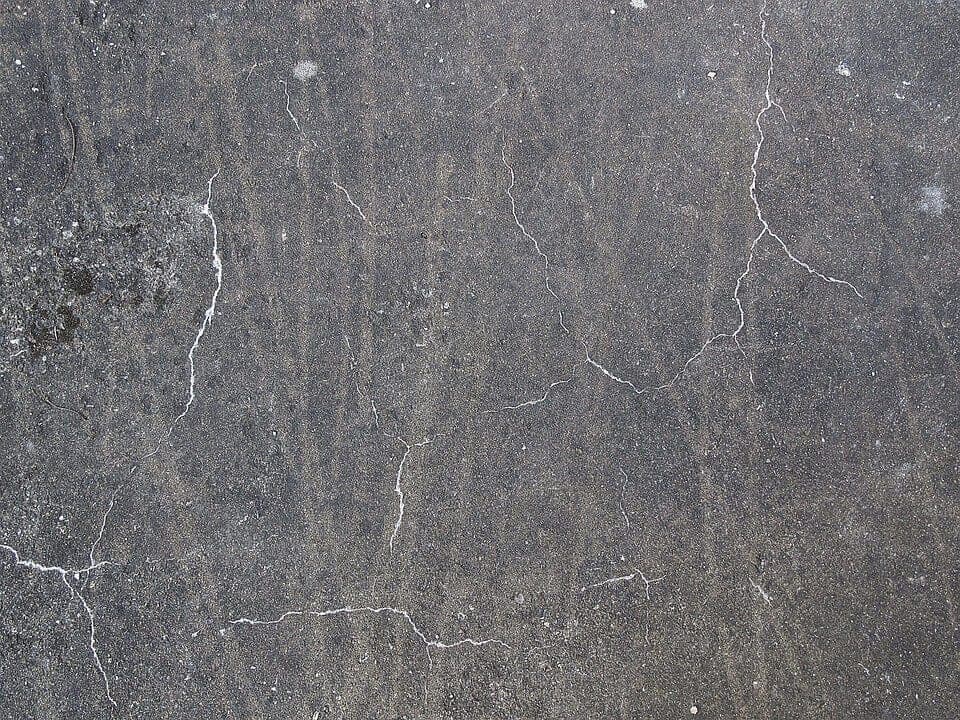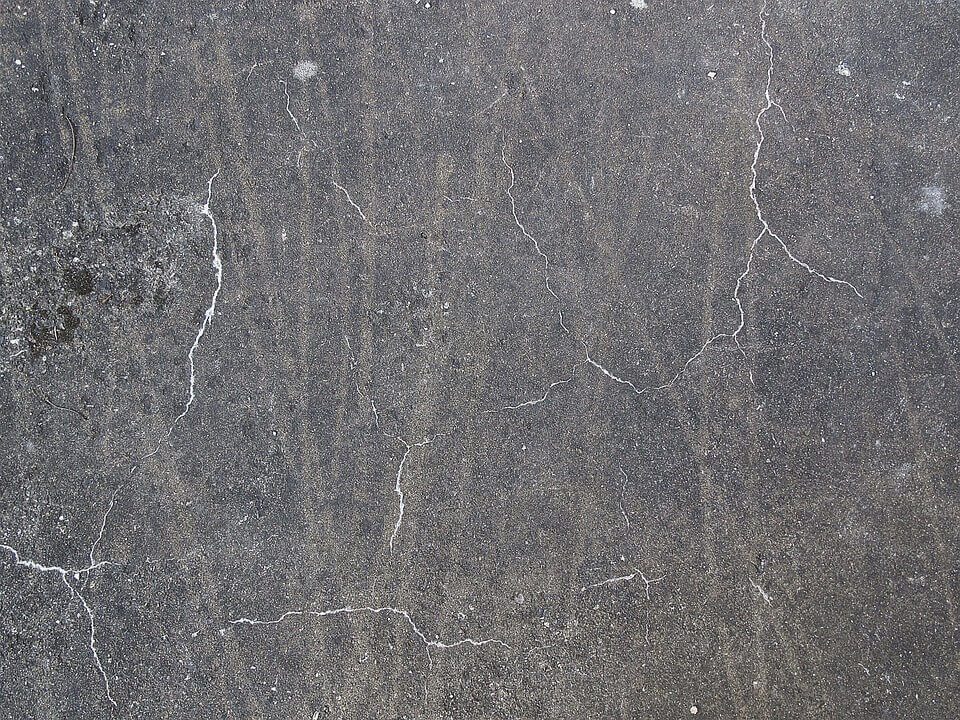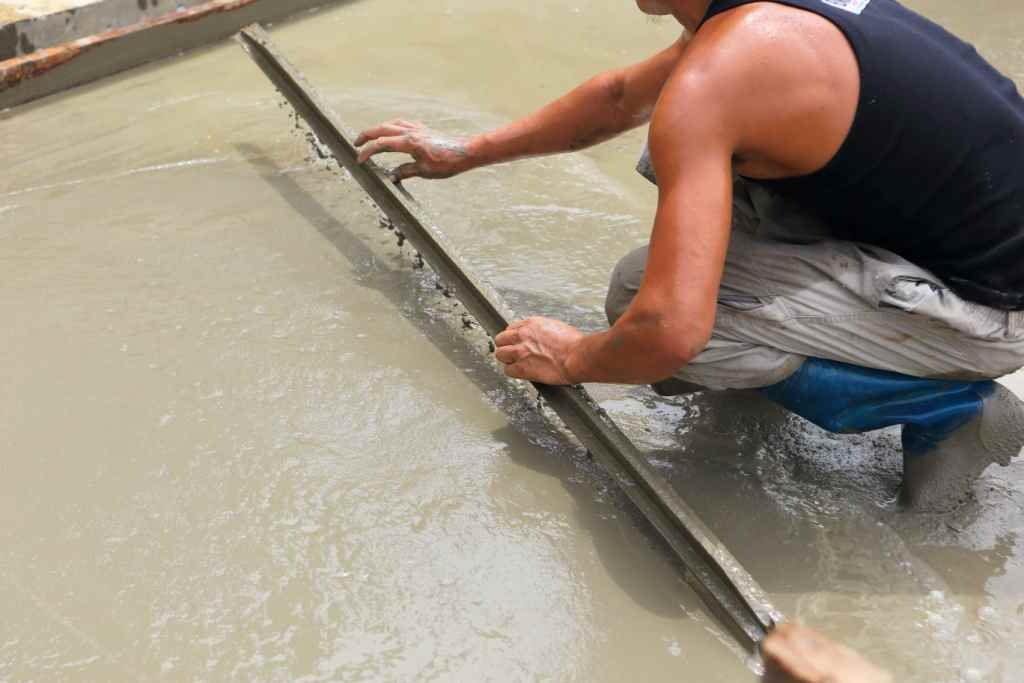
A crack in concrete is one of the most searching phrases on the search engine like Google, Yahoo, etc. The fresher engineers and homeowners always want to know about the cracks in concrete as they are worried for the cause and its effects. Even so many people ask on Quora about the “Cracks in Concrete” and “How to Avoid Cracks in Concrete?”

Nowadays concrete experts and researchers are looking for the new technology to repair the cracks in concrete for the repair and renovation of the building.
A crack in concrete is a very common problem in concrete structures and repairing of concrete cracks is not just a time-consuming but a tedious job. The repairing of concrete cracks also reduces your bank savings.
Here are the useful tips to avoid cracks in concrete:
Avoid Bleeding of Concrete:

Fresh concrete is a mixture of water and dry mix of cement, sand, and aggregates. The optimum or just amount of water only results in good fresh concrete. Water proportion is critical to achieve the designed strength of concrete.
The main reason of cracking in concrete is the imbalance of water in the fresh mix. Excess water in concrete is known as bleeding of concrete, and it leads to the shrinkage of concrete due to the evaporation of the excess water from the fresh mix and hence cracks occur in concrete.
Avoid Early Drying of Concrete by Proper Curing:
Delay in starting of concrete curing or low frequency of concrete curing after pouring is also a reason for cracks in concrete. Maintain the moisture in concrete by curing. The moisture helps the cement to react internally. The internal chemical reactions of cement cause concrete to go under the drying stage mean hardened state from the liquid state. If the drying of concrete is early, then also it will lead to cracks in concrete. The concrete curing helps to balance the drying process of fresh concrete and helps to achieve the designed strength.
Avoid Faulty Construction Practices:
Faulty construction practice always leads to the cracks in concrete. Hence use the good quality construction materials and hire the good consultants as well as good contractors who understands the importance of good construction practices.
Here are the common faulty construction practices which may lead to the cracks in concrete:
01. Use of bad quality building materials like cement, sand, aggregates, admixture or steel reinforcement bars.
02. Building is constructed without the designs from the consultant or architect.
Design of building includes the required foundation depth, size of structural elements, details of steel reinforcement bars, grade of concrete, etc. and also includes the various provisions like control joints, use of fiber reinforcements in concrete, the specification of materials, etc.
03. Bad workmanship in violation of specification and codel provision.
04. The contractors and engineers who don’t have adequate knowledge of execution work may remain negligent in checking on-going works as per the drawings, contract documents, standards, and specifications.
The important activities like compaction of soil, checking of concrete work (including shuttering, steel reinforcement bar placement, compaction, etc.) at the time of placement, finishing and curing period of concrete etc. is not done properly due to the negligence of execution engineers or contractors. If these activities are not done properly or as per the standard then they will definitely lead to cracks in concrete.
05. Lack of useful construction resources like shortage of construction team (manpower), shortage of building materials and the shortage of plants & tools, etc. The proper availability of construction resources always results in good quality of concrete work.
06. Poor structural design and detailing which includes lack of expansion joint (if required), over structural designed elements or under design elements, lack of the provision of codal provision like not providing minimum size of structural elements, minimum percentage of reinforcement steel and wrong detailing of reinforcement, etc. leads to cracks in the concrete.
During the service life of the structure intended, use of the building without any problem is important. Whatever are the reasons for cracks in concrete, it is better to take precautions to avoid it.








































